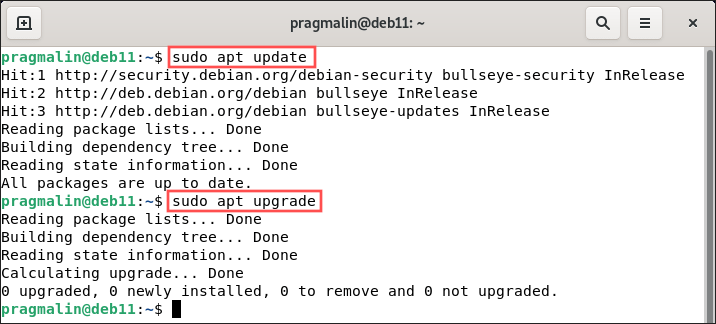

For other possibilities review Debian's archiveĭirectory structure at Section 6.7, “What are all those directories at the Debian archives?”. This is commonly amd64, which refers toĪMD64, Intel 64 or VIA Nano chips. The AAA component identifies the processor for which the ( debian/p*), or in the configuration files used with the ( debian/control), the installation or removal scripts This number corresponds to the revision level of theĭebian package, thus, a new revision level usually signifies changes in theĭebian Makefile ( debian/rules), the Debian control file Specified by the Debian developer (or a user who chooses to rebuild The RRR component is the Debian revision number, and is Number may have formats as different as "19990513" and "1.3.8pre1". There are no standards in place here, so the version The VVV component is the version number specified by the
DEBIAN APT COMMANDS ARCHIVE
This displays, among other things, the package nameĬorresponding to the archive file being unpacked.

RRR and AAA are the version, revision and architecture of the package in Use the command dpkg -info foo_VVV-RRR_AAA.deb (where VVV, This file contains a stanza describing each package theįirst field in each stanza is the formal package name. Inspect the "Packages" file in the directory where it was stored at a DebianĪrchive site. See more in Section 7.9, “What is meant by saying that a package Depends, Recommends, Suggests, Conflicts, Replaces, Breaks or Provides another package?” below. (However, this facility can be overridden by Send an error message that it also needs binutils, and stop installing gcc. Without having first installed binutils, the package management system (dpkg) will These dependencies areĭocumented in the control file associated with each package.įor example, the package containing the GNU C compiler ( gcc ) "depends" on the package binutils which includes the linker and assembler.
DEBIAN APT COMMANDS SOFTWARE
Installation of software by the package system uses "dependencies" which areĬarefully designed by the package maintainers. Program apt-get can be used as a frontend for
DEBIAN APT COMMANDS MANUAL
Unpacks Debian source archives details are provided in its manual page. diff.gz file that contains the Debian-specific changes to The original unmodified source in gzip-compressed tar format and usually a dsc file describing the source package (including the names

Binary packages can be unpacked using the Debian utilityĪptitude) details are given in its manual page. Packages are distributed in a Debian-specific archive format (see Section 7.2, “What is the format of a Debian binary package?”) they are usually characterized by having a '.deb' fileĮxtension. Relevant tools, skip to chapters Chapter 8, The Debian package management tools and/or Chapter 9, Keeping your Debian system up-to-date.īinary packages, which contain executables, configurationįiles, man/info pages, copyright information, and other documentation. If you're interested mainly in usage of the This chapter touches on some lower level internals of Debian package How do I build binary packages from a source package? 7.15. What is meant by unknown, install, remove, purge and hold in the package status? 7.12. What is meant by saying that a package Depends, Recommends, Suggests, Conflicts, Replaces, Breaks or Provides another package? 7.10. What is an Essential, Required, Important, Standard, Optional, or Extra package? 7.8. What is a Debian preinst, postinst, prerm, and postrm script? 7.7. Why are Debian package file names so long? 7.4. What is the format of a Debian binary package? 7.3.


 0 kommentar(er)
0 kommentar(er)
